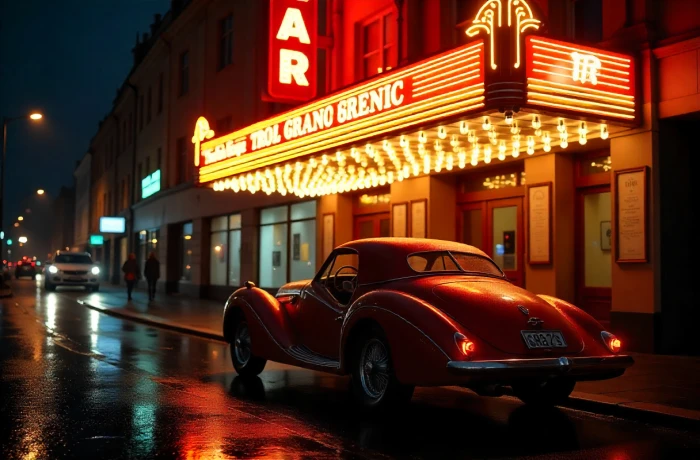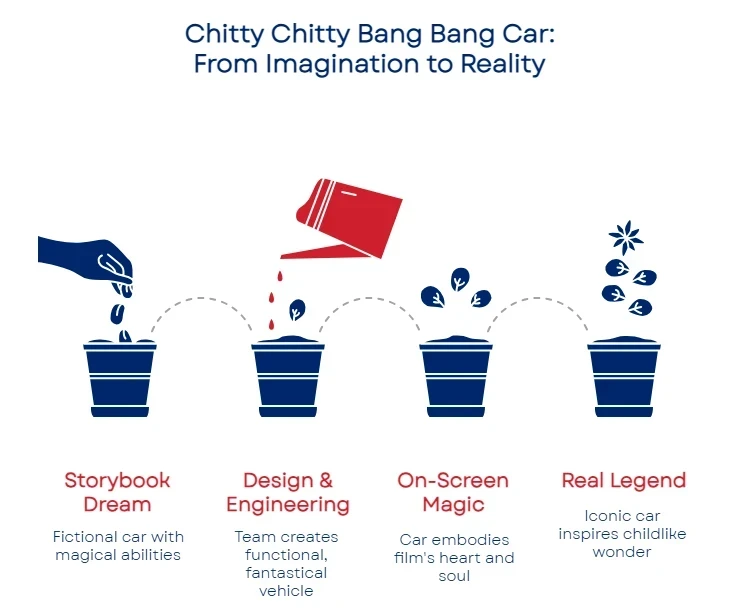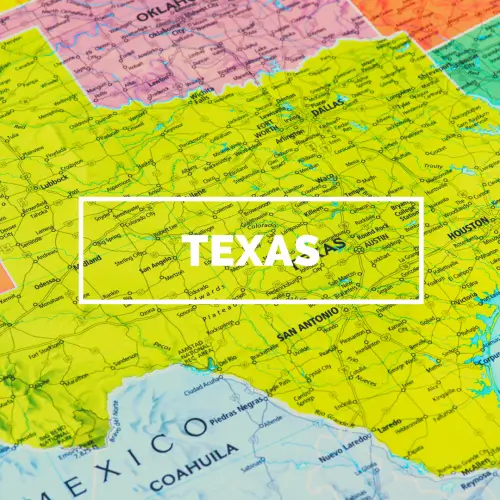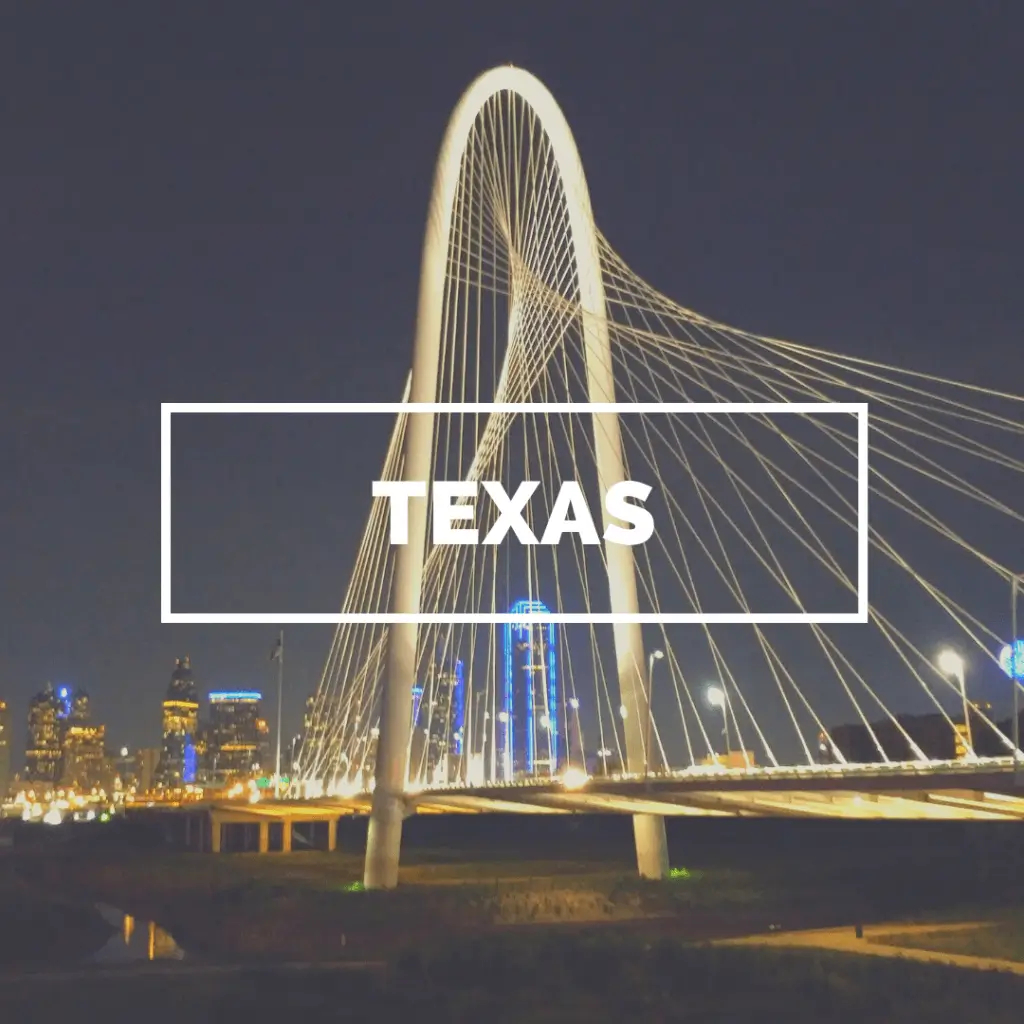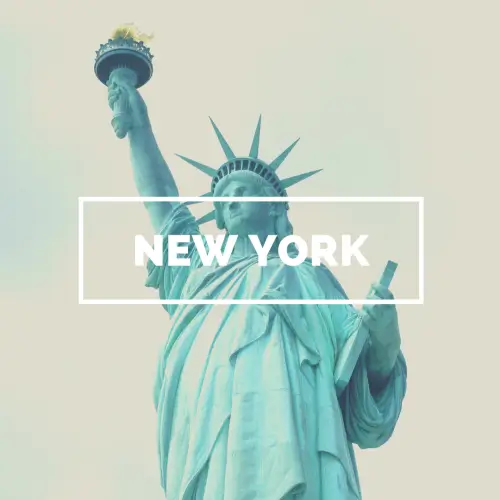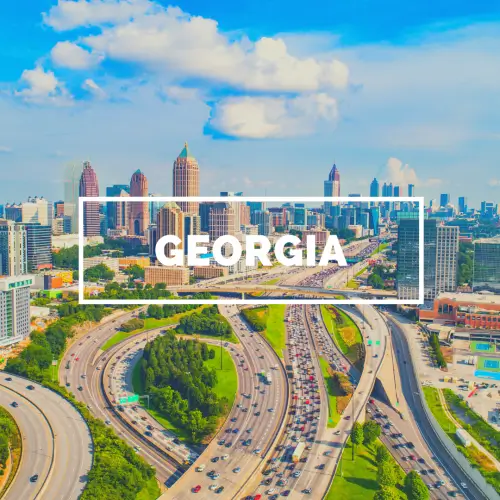From Storybook to Screen: How Chitty Became Real
Before James Bond raced across screens in his Aston Martin, there was another four-wheeled legend born from the same mind of Ian Fleming. Only this one could fly, float, and drive itself.
While the original film car wasn't built in New Baltimore, one of its incredible replicas is on display at the Stahls Automotive Collection in New Baltimore, Michigan, making this car a true star with connections worldwide.
The Chitty Chitty Bang Bang car wasn’t just built for the screen. It was made to feel like it had rolled right out of a toy box and into real life, becoming an iconic part of the musical film.
What You’ll Learn
If you’ve ever been swept up by the sight of Chitty’s wings unfolding or watched it hover over waves like a boat with a secret—this post is for you.
What’s the real story behind the magical car used in the 1968 film?
How many different versions of Chitty were made, and what made each one special?
What makes this car more than just a movie prop, and why is it still a beloved icon today?
From Fantasy to Full-Scale: How Chitty Was Brought to Life
Think back to when you were little. You opened your toy box and pulled out a race car, a boat, and maybe even a tiny airplane. Now, imagine one toy that could do all three things. That’s what the creators of Chitty Chitty Bang Bang set out to build, and they didn’t settle for make-believe.
To bring Ian Fleming's fantastical children's story to cinematic life, director Ken Hughes collaborated with renowned production designer Ken Adam and the skilled team at Alan Mann Racing in the late 1960s. Fleming had already conceived of a car capable of floating, flying, and driving at high speeds. However, translating this magical vehicle to the screen required a seamless blend of engineering prowess and imaginative design.
Rather than a static prop, the team built a full-sized, working vehicle—complete with a real engine and sealed hull for flotation. And with some help from special rigs, it could “fly” on screen. Everything you saw in the movie had to feel believable, even though the car did impossible things.
The Real-Life Inspiration Behind Chitty
The Chitty Chitty Bang Bang car wasn’t created out of thin air. Its name, spirit, and wild design were all inspired by real racing history, cars built by a daring man who liked to push boundaries.
In the 1920s, Count Louis Zborowski built massive race cars he called “Chitty Bang Bang,” powered by airplane engines similar to those used in Zeppelins, such as the Maybach. These were real, thunderous machines that raced at Brooklands and made headlines for their power and risk.
Ian Fleming drew from that history in his 1964 novel. But instead of sticking to raw horsepower, he imagined a magical Paragon Panther that could think for itself, fly, and float. The filmmakers took that same blend of racing grit and fantasy and created a car that looked like it belonged in both a garage and a fairy tale.
The Creation of the Film Car
Turning a magical book car into something tangible was no small job. The filmmakers didn’t want a simple replica; they wanted a vehicle that was not only functional but also captivating.
Ken Adam led the design. Known for creating the sets of James Bond’s most famous films, he brought both style and scale to Chitty Chitty Bang Bang. With help from artist Rowland Emett, they made the car whimsical and inventive, not just functional. Then Alan Mann Racing brought it to life.
The car’s frame was steel. The engine was a 3.0-liter Ford Essex V6 with an automatic transmission. It had working lights, brakes, and steering. The body was crafted with real wood by shipbuilders, featuring leather bench seats, oversized brass lamps, and playful details, such as the serpent-shaped horn.
Six Cars, One Legend: How Each Chitty Served the Story
On-screen, it appeared to be a magical car. Behind the scenes, it took six versions, each designed for a specific job. These weren’t duplicates. Each one played a different role in telling the story, from floating on water to flying through the air. Here's how they brought Chitty to life in various ways:
Chitty Prime
This was the car that captured most of the movie’s driving action. You’ll recognize it in the scenes where Chitty speeds through the countryside or parks dramatically by a windmill. It wasn’t just a shell; it was fully engineered for real road driving and is still considered the “hero” version today.
Chitty Beta
Chitty Beta served as the unassuming workhorse, deployed in numerous road sequences. Its role was crucial in scenes demanding sharp turns, ascents, or complex maneuvers, where utilizing Chitty Prime would have posed an unacceptable risk. It also stepped in during scenes where Chitty appeared to drive itself, thanks to cleverly hidden steering controls for off-screen handling.
Flying Chitty
When it came time for lift-off, this was the version they used. Flying Chitty featured actual working wings that folded out during filming. It was usually suspended by wires or supported by mechanical rigs, and while it never really flew, it sure looked like it did from the right angle.
Boat Chitty
The floating car scenes weren’t shot in a studio; they used a real car on real water. Boat Chitty had a sealed hull and buoyant structure to stay afloat. While it wasn’t fast, it was stable enough for the actors to ride in while filming on lakes and rivers.
Close-Up Car
Some of the film’s most emotional scenes were shot from inside the car. That’s where the close-up version came in. It had more lighting, polished interior details, and removable panels to help the crew capture clean interior shots from multiple angles.
Promotional Car
After the cameras stopped rolling, Chitty’s job wasn’t done. One version was built for tours, media events, and live appearances. It didn’t need hidden rigs or sealed hulls, just the charm and shine that made audiences love it in the first place.
Quick Comparison: Behind-the-Scenes Breakdown
Where Are the Cars Now?
Most of the original cars still exist, although not all are on public display.
The Chitty Prime, the main road car with the license plate GEN 11, was auctioned in 2011 for $805,000.
One promotional car toured theme parks and auto shows in the U.S., helping cement Chitty’s legend for a new generation.
Others have been carefully restored and are displayed in places like the National Motor Museum in the UK.
Replica Cars That Keep the Magic Alive
Not all Chittys in the world today are originals, and that’s part of the fun. Several full-scale replicas have been built for theater productions, museums, or collectors who wanted their slice of the film’s charm.
Some were made with permission, using original blueprints. Others are fan-built handcrafted over the years with incredible attention to detail. Several of these replicas are fully drivable and even street-legal, featuring real engines, functioning lights, and authentic detailing. These appear in parades, stage musicals, or car shows, where they continue to turn heads and spark questions.
They’re not just museum pieces—they’re living proof that this car’s magic keeps spreading, one fan at a time.
Why the Chitty Chitty Bang Bang Car Still Matters
This car is more than a piece of movie history. It represents what happens when people push past “good enough” and create something that makes others believe in the impossible.
Chitty brings together movie fans, car lovers, engineers, and dreamers. It’s the kind of thing that sticks in your mind long after the credits roll. Not because it looked real, but because it felt real.
Whether it’s on screen, on a stage, or behind glass, Chitty Chitty Bang Bang reminds us how far imagination can go when it’s built with care.
Need Help Shipping Your Car?
If you've ever dreamed of owning a car as iconic as Chitty Chitty Bang Bang, you know the excitement of finding that perfect vehicle. But once you've seen it, how do you get it home? Whether it's a classic, a replica, or your everyday ride, safely transporting a vehicle requires reliable services.
At AmeriFreight Auto Transport, we understand the importance of secure and efficient car shipping. We connect you with trusted carriers to help your vehicle arrive in excellent condition—just like Chitty rolling safely into the Potts’ driveway.
Frequently Asked Questions (FAQs)
Was the Chitty Chitty Bang Bang car a real, drivable vehicle?
Yes. At least two of the six versions built for the film were fully drivable, powered by a Ford Essex V6 engine.
How many Chitty Chitty Bang Bang cars were made for the 1968 film?
Six versions were built, each with a different purpose: driving, flying, floating, close-ups, and promotions.
Can I see the original Chitty car today?
Yes. Some versions are displayed in museums or private collections. One is often shown at the National Motor Museum in the UK.
Who designed the Chitty car used in the film?
Ken Adam led the design with creative input from Rowland Emett. Alan Mann Racing built the working models.
What made the car “magical” in the film?
The car could drive itself, fly with pop-out wings, and float like a boat, brought to life with practical effects and camera tricks.
Is the Chitty car based on a real model?
The film car was inspired by Count Louis Zborowski’s 1920s aero-engined race cars, but its design is one-of-a-kind.
Did Dick Van Dyke actually drive the Chitty Chitty Bang Bang car in the movie?
Yes. Dick Van Dyke drove the Chitty Chitty Bang Bang car himself during many of the scenes. However, for complex shots and stunts, a professional driver handled the car.
Disclaimer: This article is for informational and entertainment purposes only. The Chitty Chitty Bang Bang Car is a fictional vehicle from a film, and while some replicas exist, they are not affiliated with the original creators or licensed properties. Any references to custom builds or fan-made projects are based on publicly available information and are not endorsements. Always consult a qualified professional before attempting any automotive modifications or large-scale vehicle builds.


